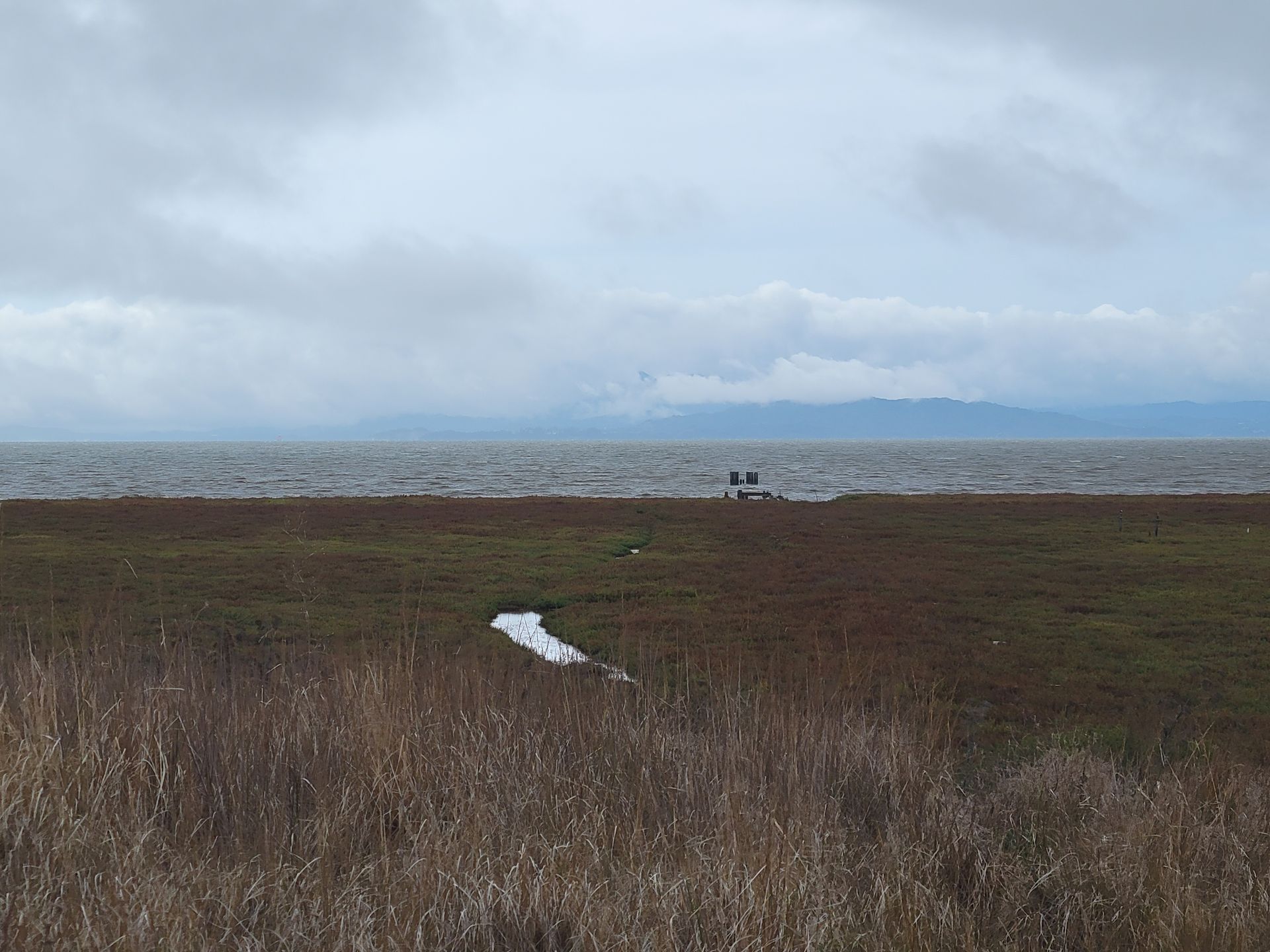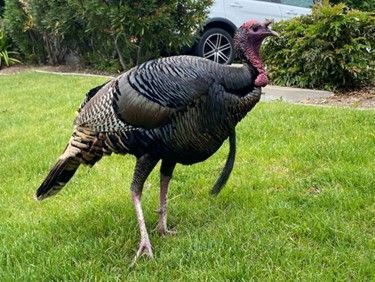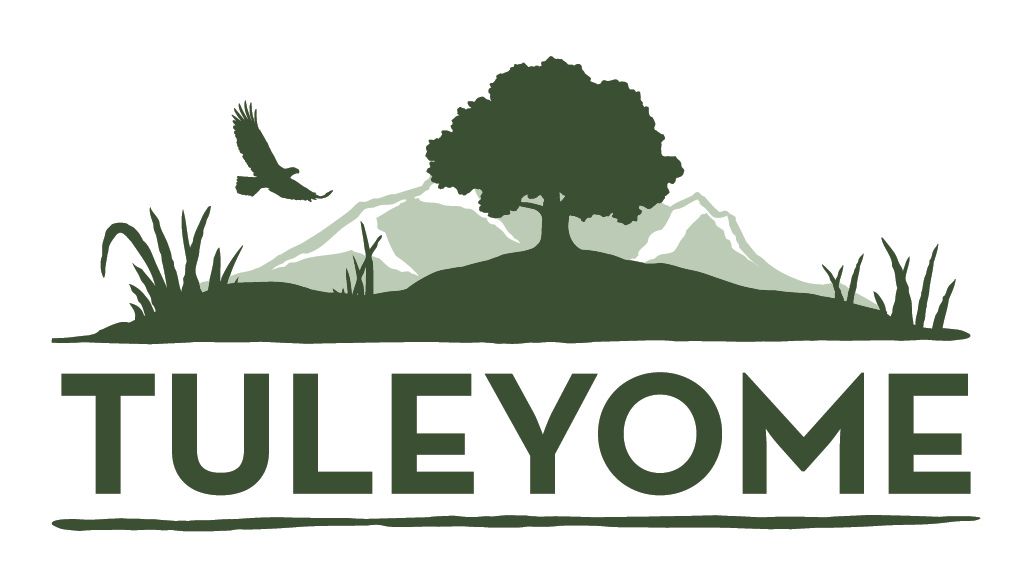Science Corner - Blue Elderberry

The Blue Elderberry (Sambucus mexicana, also known as Sambucus nigra ssp. carfulea) is a deciduous shrub that belongs to the honeysuckle, sometimes called muskroot, family (Caprifoliaceae). The family contains five genuses with about 200 species.
Blue Elderberry is widely distributed throughout the southwestern United States and occurs in Arizona, California, New Mexico, Texas and regions in Mexico. It occurs throughout California in a variety of habitat types but is regionally rare in southeastern California. The Blue Elderberry is hardy and sprouts quickly and easily. Although it is native to California, I’ve heard it described as “weedy” - which would normally imply that a species is not native - because it is so prolific. It can be found in a variety of habitat types with well-drained soil including streambanks and at the bottom of canyons and slopes. It prefers full sun but can still thrive in partial to full shade. In our region it is commonly found as an understory species in riparian habitats but is also found in chaparral, sage scrub, woodland and grasslands as well.
Blue Elderberries (elderberry) are often multi stem shrubs but individuals will occasionally develop a main trunk like a small tree. A mature elderberry can get up to 30 feet tall but most range from eight to around 20 feet in height. It is generally as wide as it is tall, flowers from March through September and fruits from July through October. The leaves are pinnately compound, similar to the leaf of a walnut tree with roughly five to nine leaflets. The creamy white flowers occur in flat-topped clusters and the fruit is a small, very dark blue or purple berry with dense, short white hairs making the berries look frosted. Elderberries are easy to grow and hardy. They do well in native landscape and they are receptive to pruning if you use them in your yard. They require moderate watering but once established only need infrequent waterings.
Elderberry flowers are readily edible and can be steeped into tea to help with cold, flu and fever symptoms and even have skin care benefits. The rest of the plant contains the alkaloids hydrocyanic acid and sambucine. Both of these will cause nausea, and nobody wants that. The fruit is high in vitamin C and can only be eaten if they are cooked. They have been used in a variety of ways including syrup, jellies, wine, candy, pies, sauces and tinctures. Because of the alkaloids, eating unripe, raw berries causes violent illness. Side note - a former coworker has personal experience with this and does not recommend it. The bark has medicinal purposes but it also contains a high concentration of cyanide and must be prepared carefully. Native Americans used the flowers to reduce bleeding and congestion and to reduce headache. The leaves were used to help wounds, sprains and bruises heal and berries were used for food, to dye baskets, to help burns heal along with other medicinal purposes. The wood was used for arrow shafts, flues, whistles, clapper sticks as well as medicinal uses.
Elderberry shrubs are an important food source for a variety of wildlife. Bats, bees and butterflies gather nectar from the flowers and the shrub itself provides habitat for many different wildlife species. Birds, squirrels and other rodents and even bears gorge themselves on the berries which aids in the distribution of the shrubs to other locations. Many songbird species benefit from eating elderberries in the summer months including bluebirds, flickers, mockingbirds, scrub jays, sparrows, towhees, and waxwings. Deer and elk readily graze on the foliage. Elderberry shrubs also provide soil stabilization on stream and river banks while the canopy provides shade to cool the ground and nearby water.
The Valley Elderberry Longhorn Beetle (Desmocerus californicus dimorphus) is a native species that requires the Blue Elderberry shrub to complete its life cycle. The Valley Elderberry Longhorn Beetle (VELB) was listed as a threatened species under the Federal Endangered Species Act on August 8, 1980 and is only found on the Valley floor and low foothills. VELB live exclusively on Elderberry shrubs and spend their entire lives on them. Adults emerge from inside the stems of Elderberry shrubs from March to about June. The adults mate and lay eggs on the bark of the shrub. After the eggs hatch, the larvae excavate a tunnel into the pith of the plant where they stay and feed for up to two years. When the larvae are ready to pupate they tunnel to the surface and excavate an exit hole then fill the hole with frass (wood shavings) and return to their pupal chamber inside the plant. As mating season begins, the adult beetle dislodges the frass plug, exits the shrub and the cycle begins again. The primary threat to the VELB is habitat fragmentation and loss and herbicide and insecticide use. As a result of the protections afforded the beetle, the shrub has also benefited.
-Kristie Ehrhardt (kehrhardt@tuleyome.org)
Tuleyome Land Conservation Program Manager
RECENT ARTICLES






